Sterling Marlin's Sports Injuries
Type of Sport: Racing
Sterling Marlin's Sports Injuries Table
| Type | Area | Date | Consequences | Content | How It Happened | Recovery Duration | Rehabilitation Details | Impact On Career | Psychological Impact | Previous Injuries | Return To Competition | Severity | Treatment | Medical Staff | Long Term Impact | Preventive Measures | Competition Missed | Initial Symptoms | Re Injury Risk | Support System | Rehabilitation Location |
|---|---|---|---|---|---|---|---|---|---|---|---|---|---|---|---|---|---|---|---|---|---|
| Fractures | Clavicle (Right) | 1991-02-16 | Marlin suffered a fractured right clavicle. | During the Daytona 500, Marlin was involved in a high-speed crash that resulted in a broken right clavicle. This injury required him to miss several races in the 1991 season. | Sterling Marlin was involved in a collision during the Daytona 500. | 6-8 weeks | Marlin's recovery included immobilization of the shoulder and physical therapy to regain strength and mobility. | The injury caused Marlin to miss crucial races early in the season, impacting his overall standings. | The injury was a setback, but Marlin remained determined to return to racing. | No significant prior clavicle injuries reported. | Marlin returned to racing after his recovery period and continued his career. | Moderate | Immobilization and physical therapy | Orthopedic specialists and physical therapists | Occasional discomfort in the shoulder area. | Improved safety equipment and training on how to avoid similar injuries. | Missed several races early in the 1991 season. | Severe shoulder pain and limited arm movement. | Moderate risk of re-injury in high-impact crashes. | Support from team, family, and medical staff. | Local medical facilities and sports rehabilitation centers. |
| Fractures | Neck | 2002-10-05 | Marlin suffered a fractured vertebra in his neck. | During the Banquet 400 at Kansas Speedway, Marlin was involved in a crash that resulted in serious neck injuries. This injury required immediate medical attention and ended his 2002 season prematurely. | Sterling Marlin was involved in a multi-car crash at the Kansas Speedway during the NASCAR Winston Cup Series. | Several months | Marlin underwent surgery and extensive physical therapy to recover from his neck fracture. | The injury forced Marlin to miss the remaining races of the 2002 season and affected his performance in subsequent seasons. | The injury had a significant psychological impact, causing concerns about his ability to race competitively again. | No significant prior neck injuries reported. | Marlin returned to racing in the 2003 season but struggled to regain his previous form. | Severe | Surgery and physical therapy | Team of orthopedic surgeons and physical therapists | Persistent neck pain and reduced mobility. | Enhanced safety measures in the car, including improved seat and headrest designs. | Missed the remainder of the 2002 season. | Severe neck pain and limited movement. | Moderate to high risk of re-injury due to the natu | Strong support from family, team, and medical professionals. | Various medical facilities specializing in spinal injuries. |
| Head Injuries | Head | 2001-03-31 | Marlin experienced symptoms typical of a concussion, including headaches and dizziness. | In the Samsung/RadioShack 500 at Texas Motor Speedway, Marlin was involved in a multi-car crash that resulted in a concussion. This incident raised concerns about driver safety and head injuries in NASCAR. | Sterling Marlin suffered a concussion during a crash at the Texas Motor Speedway. | 2-3 weeks | Marlin's recovery involved rest and gradual return to physical activity under medical supervision. | The concussion led to increased awareness of head injuries and prompted NASCAR to improve safety protocols. | The concussion was a worrying experience, but Marlin remained focused on his recovery and return to racing. | No previous concussions reported. | Marlin returned to racing after a brief recovery period. | Mild to Moderate | Rest and gradual return to activity | Neurologists and sports medicine specialists | No significant long-term impact reported. | Enhanced helmet designs and stricter concussion protocols. | Missed one or two races following the incident. | Headaches, dizziness, and confusion. | Increased risk of future concussions. | Support from team, family, and medical professionals. | Home and local medical facilities. |
Sterling Marlin's Sports Injuries Videos
Dale Jr. defended Sterling Marlin from death threats after the 2001 Daytona 500 | The Dale Jr. Download
Dale Jr. and Sterling Marlin discuss the 2001 Daytona 500 crash involving Dale Earnhardt. They touch on the emotional aftermath and how Marlin received death threats due to misconceptions about his involvement. Dale Jr. reassured the public in a press conference, stating Marlin was not at fault and that it was a typical racing accident. They reflect on the tragedy, their subsequent friendship, and Marlin's reputation as a friendly, humorous figure in the racing community.
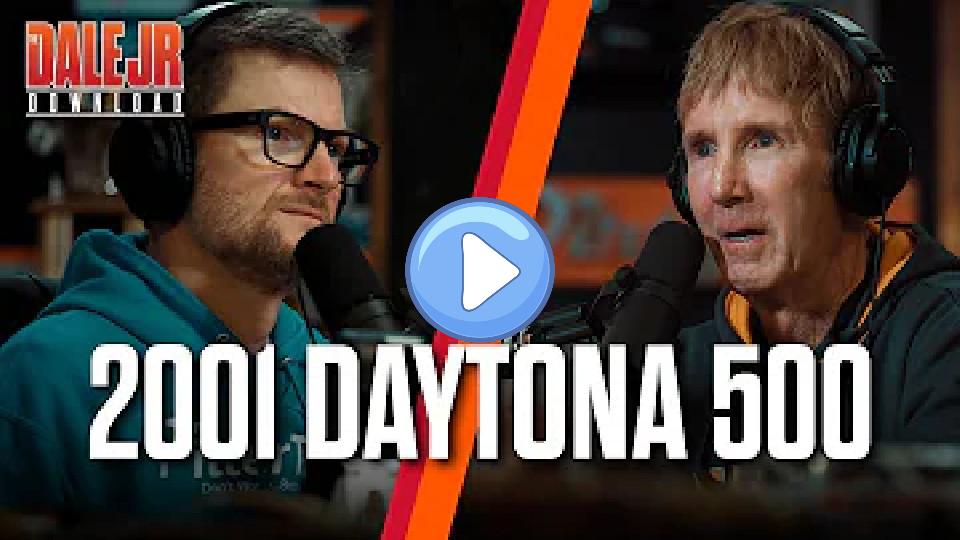
Sterling Marlin 2002 Kansas Wreck (Mega Heartbreaker)
The NASCAR Winston Cup Series in Kansas City saw significant events that impacted the standings. Sterling Marlin hit the backstretch wall hard, finishing 33rd, and Mark Martin's engine failed, placing him 25th. This allowed Hendrick teammates Gordon and Johnson to shine, with Gordon winning his third race in six weeks and Johnson, despite an early flat tire, finishing 10th and becoming the first rookie to lead the point standings. However, the biggest shock came when Marlin's crash led to a cracked vertebra in his neck, ending his season seven races early. Car owner Chip Gassie emphasized the importance of health over the championship, expressing hope for a strong comeback next year.
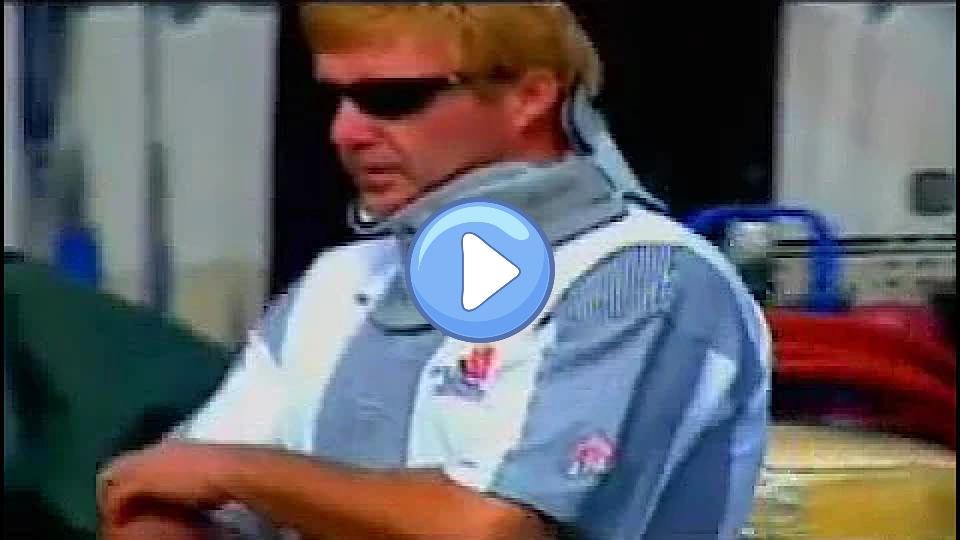
NASCAR's Heartbreaking Moments: Sterling Marlin - 2002 Protection One 400
Sterling Marlin experienced a significant setback in his racing career during a race where he crashed hard while running in seventh place. Previously leading the championship by 91 points, Marlin found himself 81 points behind after a series of challenges. Despite his efforts to regain his standing, including adjustments to his car and aiming for top finishes, Marlin's race was abruptly halted by a severe crash. The crash was a result of a chain reaction on the track, leaving Marlin with further injuries and impacting his championship hopes. Although he was optimistic about recovering in the title chase, the incident was a major blow to his campaign. Marlin was unharmed but expressed disappointment over the missed opportunity to regain points.
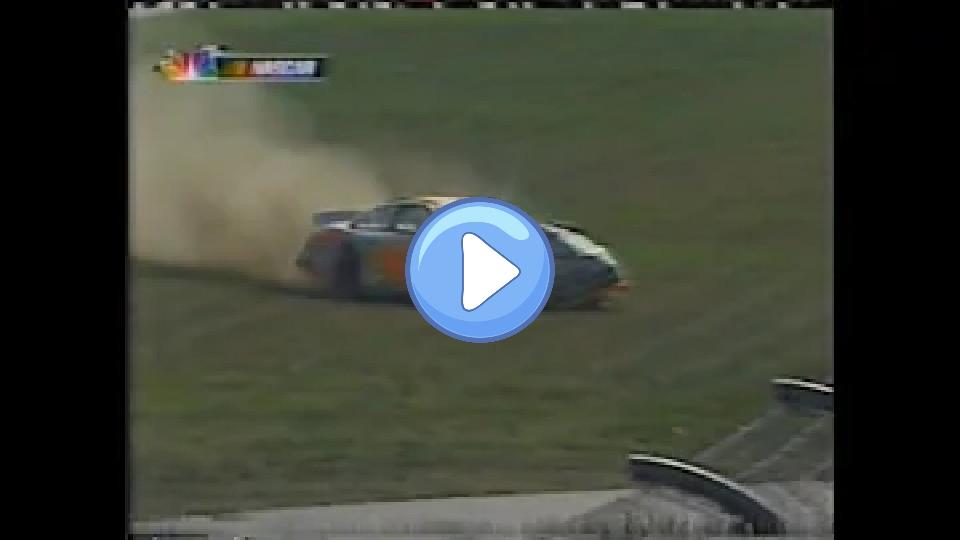
In 1996 at Talladega, Dale Earnhardt was involved in a crash with Sterling Marlin and Ernie Irvan.
In the 1996 Talladega race, a major crash occurred involving Dale Earnhardt, Sterling Marlin, and Ernie Irvan. As Earnhardt battled for the lead, contact between Marlin and Irvan triggered a chain reaction, sending Earnhardt's car into the wall at high speed. Despite the severity of the crash, which involved multiple cars, Earnhardt remarkably walked away with a broken collarbone and sternum. The incident highlighted the dangers of restrictor plate racing, as drivers like Ernie Irvan and Sterling Marlin described the challenges of maintaining control in tight pack racing.
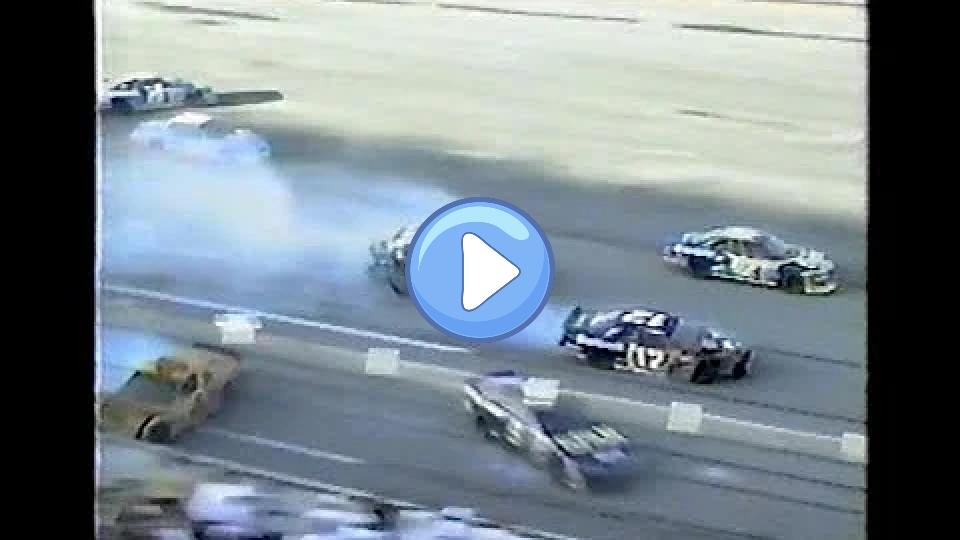
Dale Jr. Reveals Sterling Marlin is Haunted by 2001 Daytona 500 Race and Watches It Regularly
The 2001 Daytona 500 was a shocking moment in NASCAR history due to the tragic death of Dale Earnhardt. Despite the passage of time, Sterling Marlin, involved in the accident, still struggles with its aftermath. Marlin regularly watches the final laps of the race, troubled by the incident and the blame he received. He has persistently asked fans to see the crash as a racing incident, not his fault. While most have moved on, Marlin's continued distress highlights the lasting impact of that day.
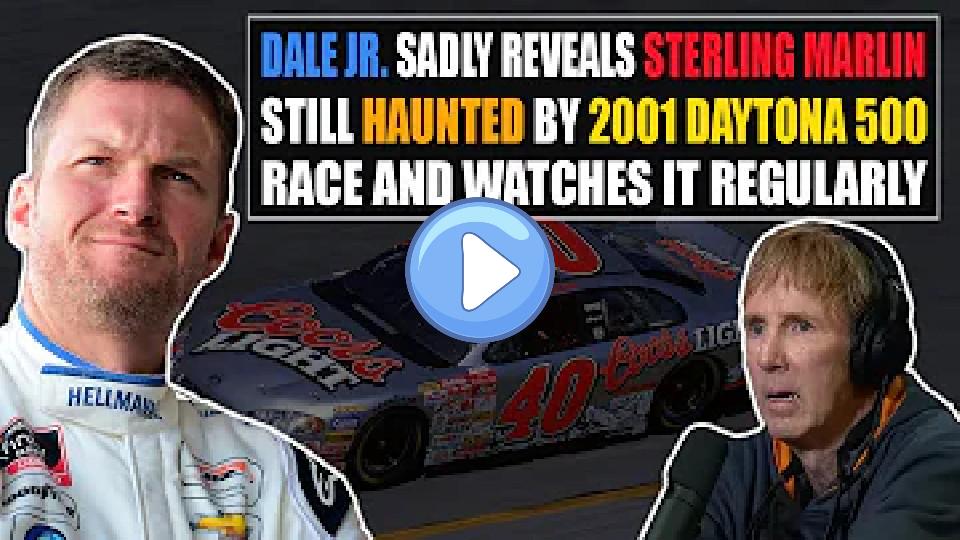
Sterling Marlin Penalized for Working Under the Red Flag - 2002 Daytona 500
Under a red flag, Sterling Marlin jumped out of his car to inspect the right front fender, but this action is against NASCAR rules, which prohibit working on cars during red flag conditions.

NASCAR's Heartbreaking Moments: Sterling Marlin - 2003 Sirius 400
Sterling Marlin started 30th in the 2003 Sirius 400 at Michigan and quickly moved up due to strategic pit stops. Despite some intense racing moments with Dale Earnhardt Jr. and a reminder to be cautious around certain competitors, Marlin managed to take the lead. However, during a later pit stop, he fell back due to a potential gear issue but recovered to finish strongly. The race saw significant action, including engine troubles for Ryan Newman and a fiery incident. Ultimately, Kurt Busch won the race, celebrating Ford's century with a victory at Michigan.
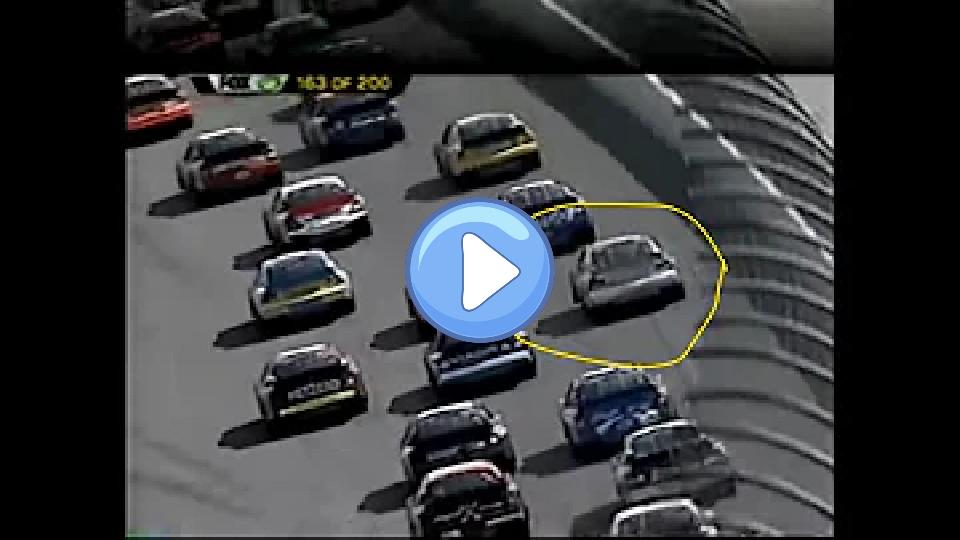
In the 1996 NASCAR Brickyard 400, Kyle Petty and Sterling Marlin were involved in a crash.
Kyle Petty, running second, cut a right front tire and hit the turn 4 wall hard during the Brickyard 400 at Indianapolis Motor Speedway. After hitting the wall, he slid across the track and was hit by Sterling Marlin. Petty then had a severe head-on impact with the inside wall. The crash occurred as the field was completing lap 38. Both drivers were involved, and the accident blocked the entrance to pit road, preventing pit stops. The incident appeared to be caused by a tire issue, similar to a previous incident with Jeff Gordon. Sterling Marlin was unharmed, and there are ongoing investigations into potential tire problems caused by debris on the track.

